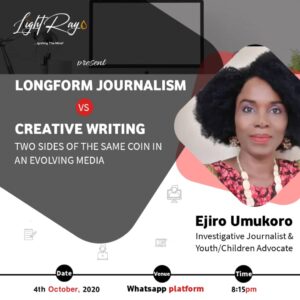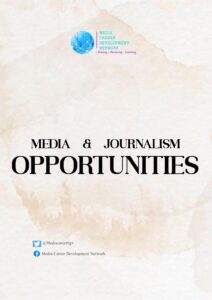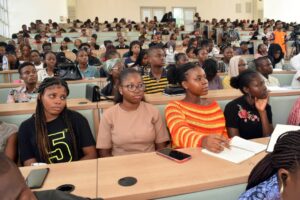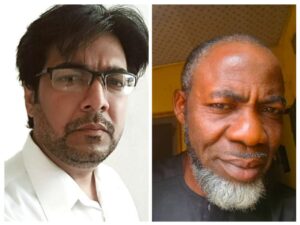Chiemeka Evans ADINDU writes on the training on Longform Journalism and Creative Writing by Investigative Journalist and Youth/Children Advocate, Ejiro Umukoro
The training was done in such a way that it pricked me to start thinking differently about the media profession; its vastness and the unique ways one can excel, despite the trend. This is summarized and/or proven in the following points below.
The training was aimed to develop a rounded awareness of the media and to give students the skills and insight that equip them to develop further in their chosen career. It also focused on newsgathering, storytelling skills, the way design and story approach also influences different media was analysed.
From the lesson, it was established that Journalism and creative writing are two opposite ends of the literary rope. Their difference is grounded on the fact that journalism relies heavily on the truth, facts, current events, and knowledge. Creative writing, on the other hand, comprises much on art, fiction, and imagination.
Journalism focuses on projecting both unknown and popular trends in society and their views on trending and/or developmental issues in society. This gives more authority and prominence to the story; while creative writing on the other hand projects the writer’s opinion and imaginations which makes the story somewhat less factual as no authority may be quoted. In all, both journalism and creative writing employs literary creativity.
Creative writing gives freedom for the writer to explore their mind and express their thoughts. Creative writing relies mostly on self-expression. It gives you the chance to write your testimony of everything around you. It is limitless, entertaining, and sometimes informational (some novels are based on facts but they are still considered fiction since the writer has added his personal ideas into them, thus taking part in the novel’s creation). If you’re a creative writer, you can use a multitude of words as long as they all create the art that magnifies your story. Furthermore, creative writing takes you to places you’ve never known existed, acquaints you to characters more interesting than anyone you know in real life, and introduces you to devices more extraordinary than the tools used in this world.

Journalism and creative writing may be on the opposite ends of the literary rope, but each of them is helpful and necessary. Journalism lets us see the truth behind what we know. Creative writing reflects the truth in an art form and makes us envision it in another perspective. And for one to excel in any of them there is a need for self-development and commitment. Both pay! In fact, “…The knowledge and expertise of one can make you one hell of a writer”, says the trainer, Ejiro Umukoro.
Apart from the overlap between journalism and creative writing, similarities and differences, the different genres of journalism were also highlighted. They are Creative nonfiction Longform journalism, Narrative journalism, feature journalism and Documentary Journalism.
Some writing samples and stories were also analysed which made the class very interactive and practical.




